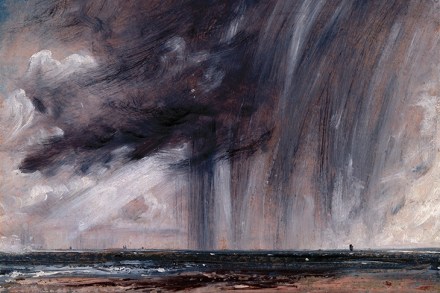Time switch
It seems an astonishing statistic but 99.6 per cent of radio is broadcast live, delivered straight from the studio mike to your personal loudspeaker: 99.6 per cent! Compared with TV, which must be at least 80 per cent recorded, this is an extraordinary indicator of how radio is the on-message medium right now, able to deliver immediate content, live and interactive. Yet a lot of radio listening is not done in real time these days, but later, after transmission, via the internet, the iPlayer, podcasts and downloads. We could experience a live connection but find ourselves switching on to a recorded moment. This is all about to be revolutionised with














